Stories Told, Lessons Taught
Diversity Demonstrated, Illinois Illuminated

In honor of the state’s Bicentennial, Illinois Humanities launched a grant initiative called Forgotten Illinois 200 that asks, “What can lesser-known features of Illinois history tell us about the ever-evolving identity of our state?” This funding initiative was meant to encourage people to do a deep dive into complex and obscure history.
Similarly, “Do you know Illinois?” was a question posed by a series of newspaper articles written by Secretary of State Edward J. Hughes during the Great Depression of the 1930s. The question-and-answer format of those articles probed beyond basic history; it yielded challenging content that did not shy away from the complicated histories of race relations, slavery, politics, and immigration. Hughes respected readers enough to provide difficult information with many grey areas that provoked conversation and debate.
Today, Illinois Humanities and its grantee-partners use a variety of media to tell stories of our state and challenge citizens to question what they think they know about Illinois. All too frequently, negativity accompanies discussions about our state at present. We are living in a time of significant challenges, but there is also much to commemorate or even celebrate about the paths that everyday Illinoisans have traveled for more than 200 years.
Forgotten Illinois 200 spotlights stories of our past whose lessons serve to embolden, enrich, and enlighten our understanding of Illinois. These stories encourage us to look beyond conventional narratives of Illinois history and introduce us to thousands of lesser-known or even obscure change-makers, heroes and heroines, and even antiheroes, all of whom broaden our perspective on humanity. Together, these stories sound a rallying cry for the importance of public history in Illinois; they would be all but forgotten if not for the public support that helps to conserve our collective memory. It is critical to share these stories to honor our great state’s diversity and foster a deeper appreciation of and commitment to Illinois on the part of its citizens at a time of historic challenges.
Lessons on the Value of Preservation
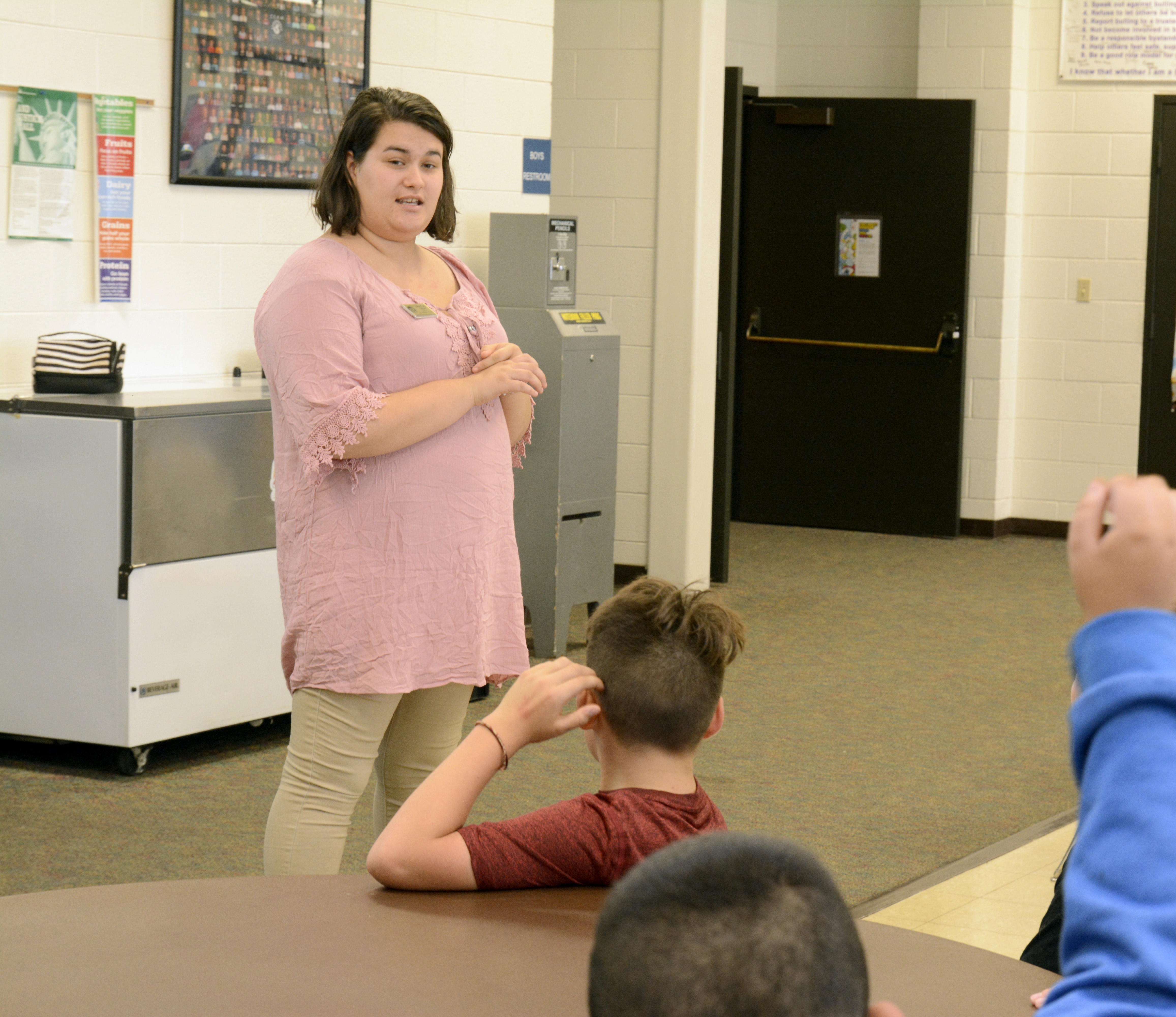
Conservation and preservation of our incredible natural and built environments are central themes in several Forgotten Illinois 200 projects involving video documentaries. Driftless in Illinois features an ecological area that includes the most northwestern part of Illinois and portions of adjacent states. Western and eastern ecosystems converge in the Driftless region. Sinkholes, cave art, effigy mounds, underground rivers, springs, and goat prairies characterize this area of Illinois that the glaciers missed. Preservation of this rare environment is vital to the success of rare flora and fauna that exist only in that region.
Preservation of the groundbreaking Illinois landscape architect Jens Jensen’s design at Hauberg Estate was furthered by a series of screenings of the documentary The Living Green. Jensen, appreciated in the profession as one of the fathers of American landscape design, created outdoor public and private spaces that stood in contrast to the European formal gardens of the time and allowed for flowing landscapes that invited human participation in natural settings. Jensen was a pioneer in landscape design and although his name is not as well known, his impact is as critical as those of Burnham, Sullivan, Olmstead, and Wright.
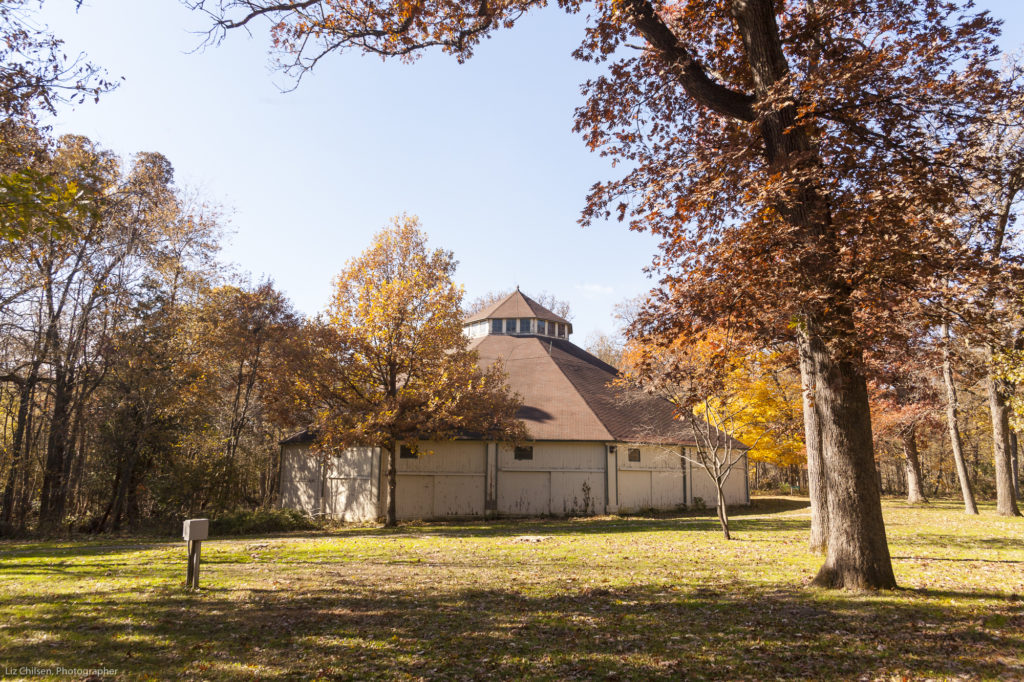
The preservation of historic structures or collections offers a meaningful look into the incredible history of built environments of our state. A photography project documenting endangered historic sites called Lessons of Place seeks to visually preserve once-thriving structures like Chautauquas and thought-provoking and stunning sculptures like The Eternal Indian by Lorado Taft. Chautauquas were built in the nineteenth and early twentieth centuries as places of lifelong learning and engagement, oftentimes religious. They teach us about a time when people gathered together to listen and learn, and they help us recognize how opportunities for learning today are so very different than those of 100 years ago.
Additionally, a research project featuring the pipe organs that Andrew Carnegie donated across the state aims to elucidate the history of the famous philanthropist and increase appreciation for the arts and civic engagement. The grant supports a series of concerts at five locations where Carnegie furnished an organ, underscoring the lasting impact that philanthropy can provide. Illinois’s status as a critical transportation junction of America is captured in a printed publication that explores an early transportation route created by people thousands of years ago through a self-guided tour of the Kaskaskia-Cahokia Trail. The trail, at least some of which was created by Native Americans, connects some of the first European settlements of Illinois and offers a fascinating look at our state’s early history.
Lessons of Identity and Individuality
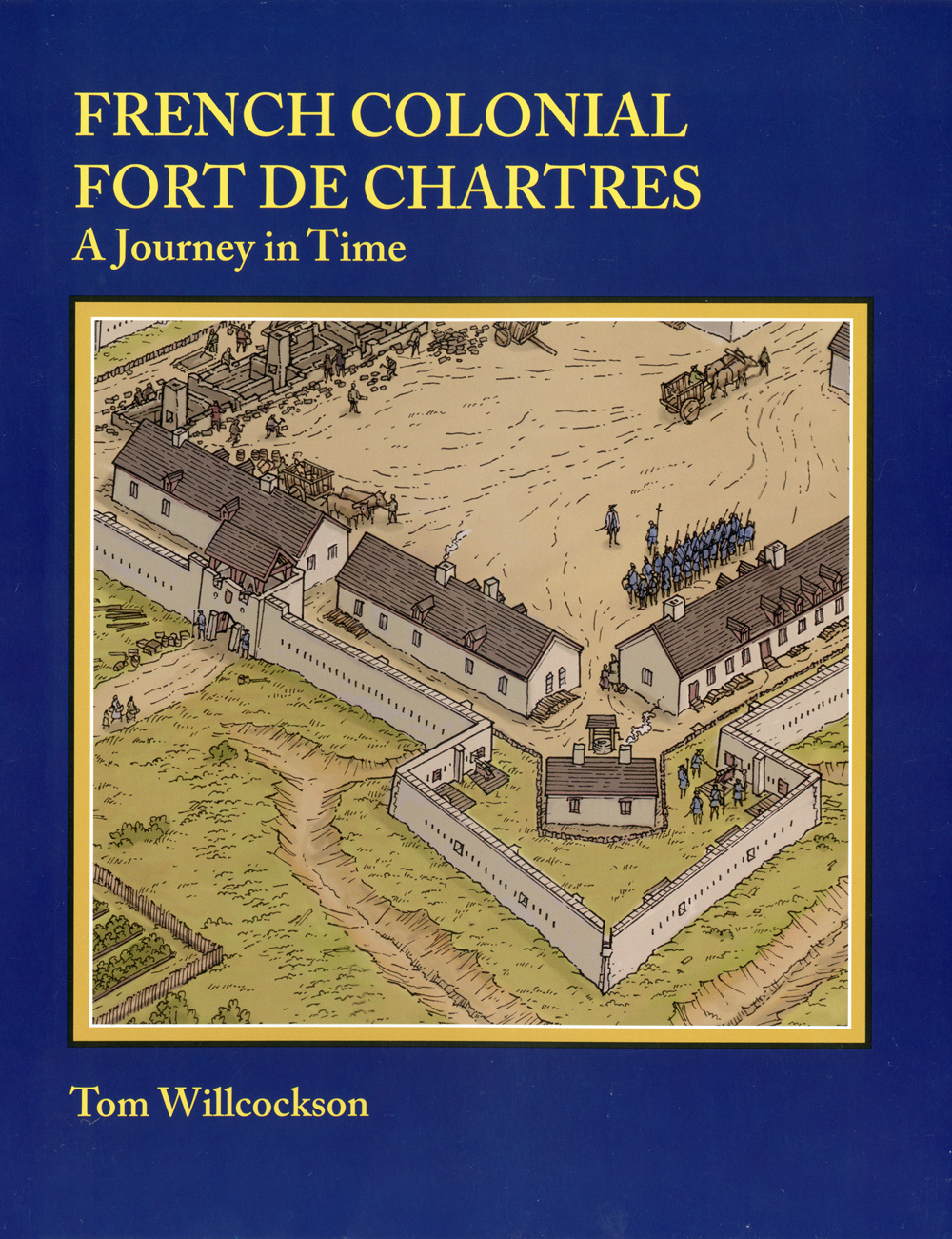
All communities seek to establish something noteworthy that identifies them exclusively from other communities. Your community’s “thing” could be tied to a person, building, event, or even an origin story, and laying claim to it helps to instill hometown pride and a sense of importance. The multifaceted ways in which people have inhabited Illinois and fostered wide-ranging diversity in ideology, politics, and religion serve to challenge the notion that Illinois is homogeneous. Forgotten Illinois 200 features several origin or identity stories of places within our state that are told through performances, publications, documentary video, and interpretive panels.
The French colonial settlement of Illinois and its lasting legacy in the southwestern part of the state are the subjects of a new publication entitled French Colonial Fort de Chartres, a Journey in Time. European settlement of Illinois, in contrast to many other states in the east, began under French rule, forming a cultural milieu distinct from those of colonial New England and other regions of British America. The resulting distinctions in housing, culture, religion, and ideology permeate into areas of the state even today and are worthy of recognition.
At the Western Illinois Museum, “garage” history is recounted by dozens who share how highways and automobiles have altered culture and landscapes across Forgottonia, a section of Illinois between Illinois and Mississippi Rivers that has often been overlooked in the development of the state. Elkhart, a small town in central Illinois, has depicted important parts of its story through a series of artistic panels installed in the windows of its village hall entitled Windows Into Our Past. The Wabash County Museum is pursuing research to supplement the content of a local journal with material culture found at the site of its author. The combination of information drawn from a written source with related physical objects will enable the museum to tell a more comprehensive story of a southeastern Illinois farming community in an upcoming exhibit, Where Archaeology Meets History. The influence of Mexican identity in Illinois is featured in a video documentary, The History of Mexican Railroad Boxcar Communities. This documentary will challenge our understanding of the contributions of immigrants and their communities to our state and nation.
Two Forgotten Illinois 200 projects examine distinctive identities and encourage us to question convention. In Illinois’s Role in U.S. Vegetarian History, a digital map will challenge the predominant history of Illinois as a meat processing hub and call attention to hidden stories in vegetarian history. Discover Ray Bradbury explores the famous writer’s Waukegan roots, as well as his influence on American culture. The performance combines drama, documentary, and music in a celebration of an inspirational person and the ways in which his hometown shaped him.
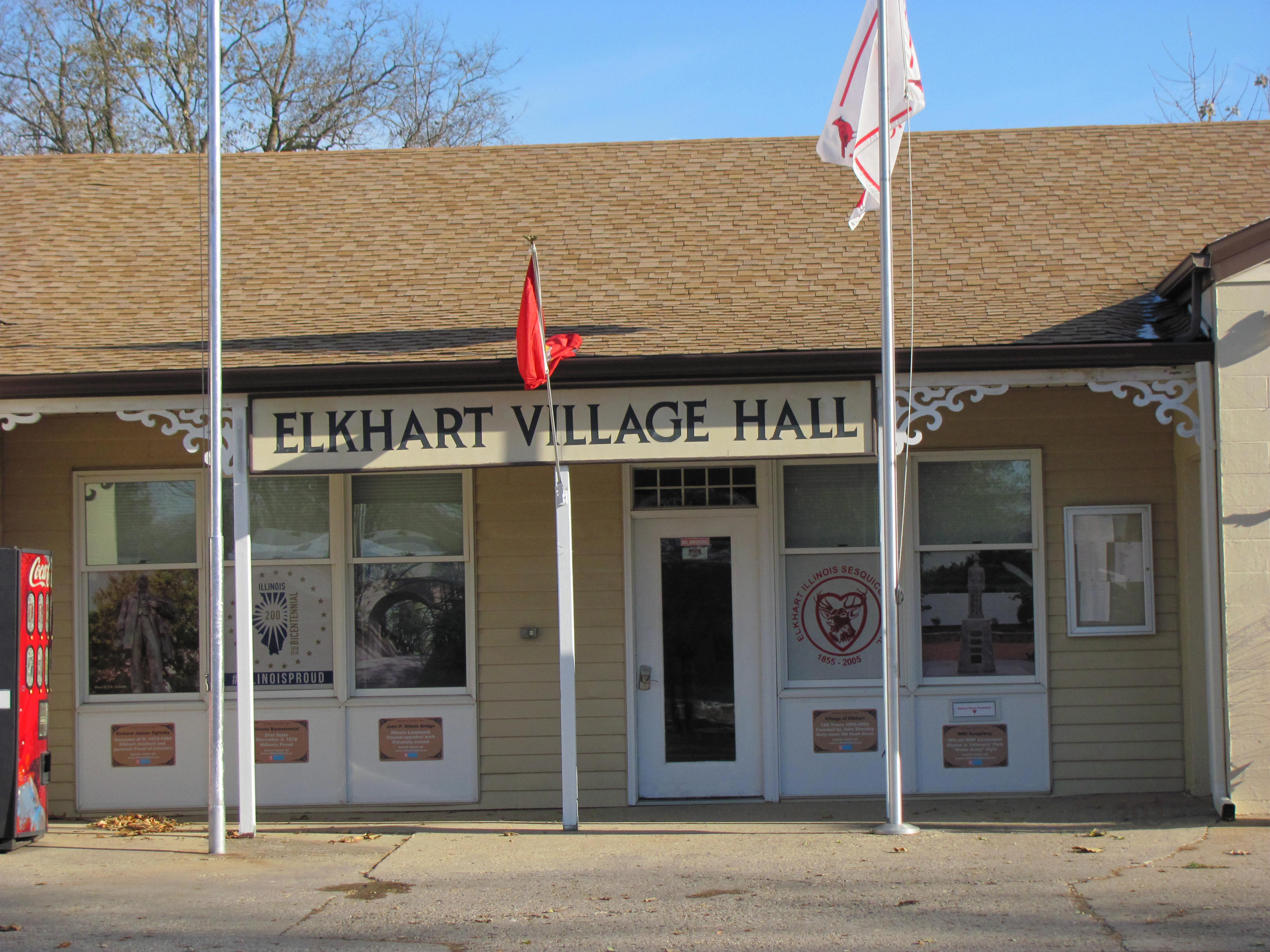
Sobering Lessons of Justice, Liberty, and Equity
Perhaps the most complex stories in the history of Illinois are those that surround the struggle for freedom, liberty, justice, and equity. These intricate narratives are still evolving and can serve to inspire and instruct us as they expand to encompass today’s confrontations and circumstances.
The speeches of territorial governor Ninian Edwards and Pottawatomie chief Gomo during the War of 1812 are reenacted in a performance entitled Exploring Two Faces of Illinois History. The drama recounts the burning of Peoria by Edwards in 1812 and the various motivations and perspectives of each leader in his own words. The Illinois inhabitants of the time are an example of voices that often go unheard, and the performance challenges listeners to reflect on issues of humanity and justice in times of war.
Women’s history is featured in two Forgotten Illinois 200 projects: an original play about Illinois suffragists and a research project on the first woman to be hanged in this state. Although the story of women’s voting enfranchisement in Illinois might appear to be straightforward, the path to the Nineteenth Amendment was far from simple. Suppression of women’s rights extended beyond Election Day, limiting opportunities for property ownership and professional careers. The fight for enfranchisement was fraught with internal conflicts and racism as well. Lessons learned from the original play Votes for Women can motivate us not only to recognize the importance of our civic duty but also to promote equitable opportunities for participation in our democracy. In addition, The Hanging of the First Woman in Illinois examines historical records in a new light. It encourages the audience to contemplate whether or not justice was served and whether today’s understanding of mental illness might have led to a different conclusion.
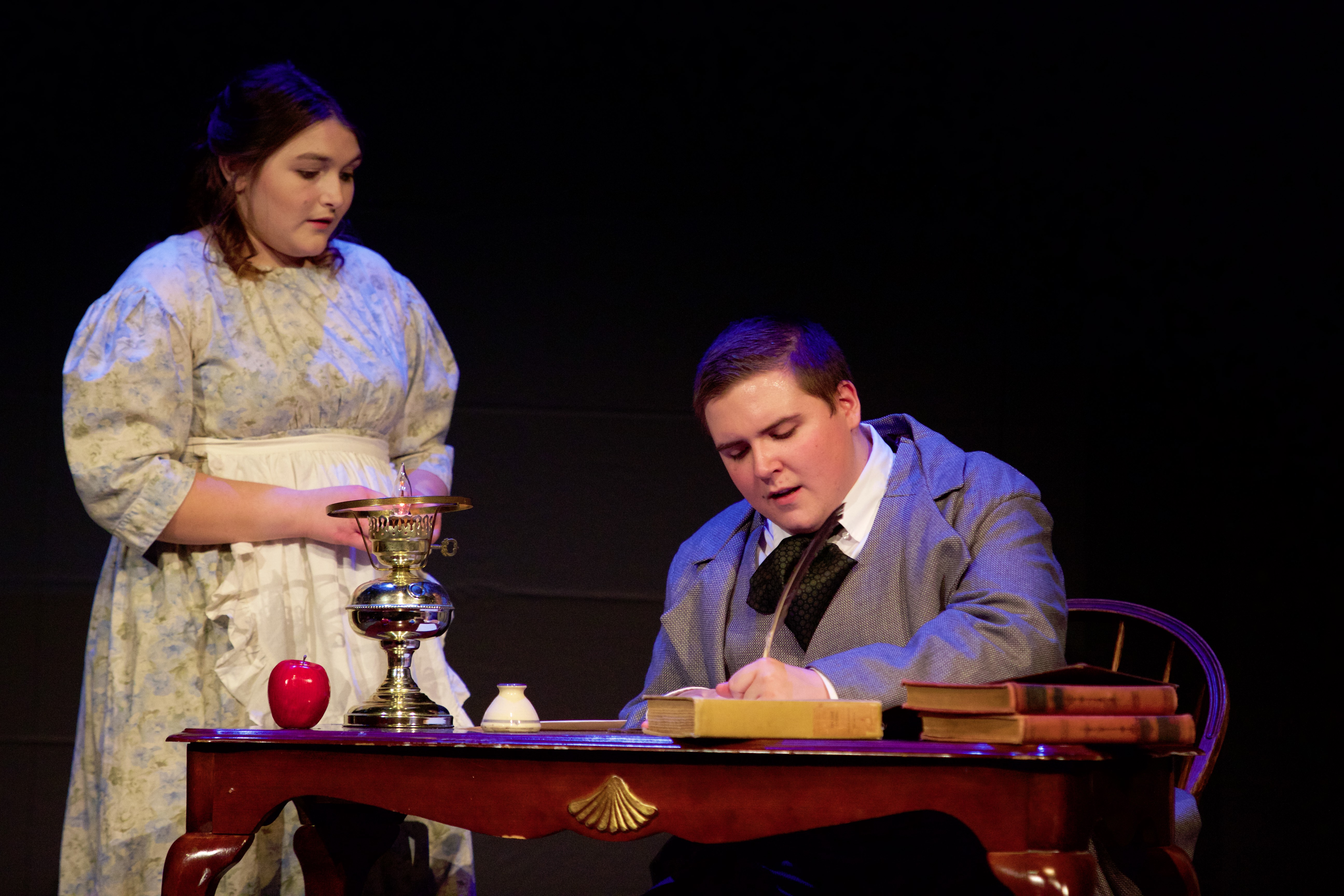
We Illinoisans today have the satisfaction of knowing that many of our forebearers were on the right side of history and stood up for antislavery. That does not mean, however, that all Illinoisans shared common ideas about why, how, or when slavery should end in America. The radical ideas of abolitionists Edward Beecher and Elijah Lovejoy are featured in the dramatic performance Against the Tide, which addresses the martyrdom of Lovejoy in the name of freedom of speech and antislavery. The play seeks to humanize both the uncertainty and the courage exhibited by Illinoisans as they confronted and debated complicated questions involving slavery prior to the Civil War.
The fight for liberation is a prominent theme in several Forgotten Illinois 200 projects. Freedom seekers led by Mother Priscilla Baltimore founded the community of Brooklyn just north of East St. Louis in 1829. A research project entitled New Stories of Slaves and Indentured Servants in ‘Free’ Illinois explores the life and legacy of Baltimore and other early settlers of color and shares their little-known and inspiring stories of perseverance and autonomy. The documentary Voices Unleashed describes the experiences of people whose legal status was officially converted from slavery to indentured servitude but who essentially remained enslaved at the Benjamin Stephenson House in Edwardsville during Illinois’s early statehood years.
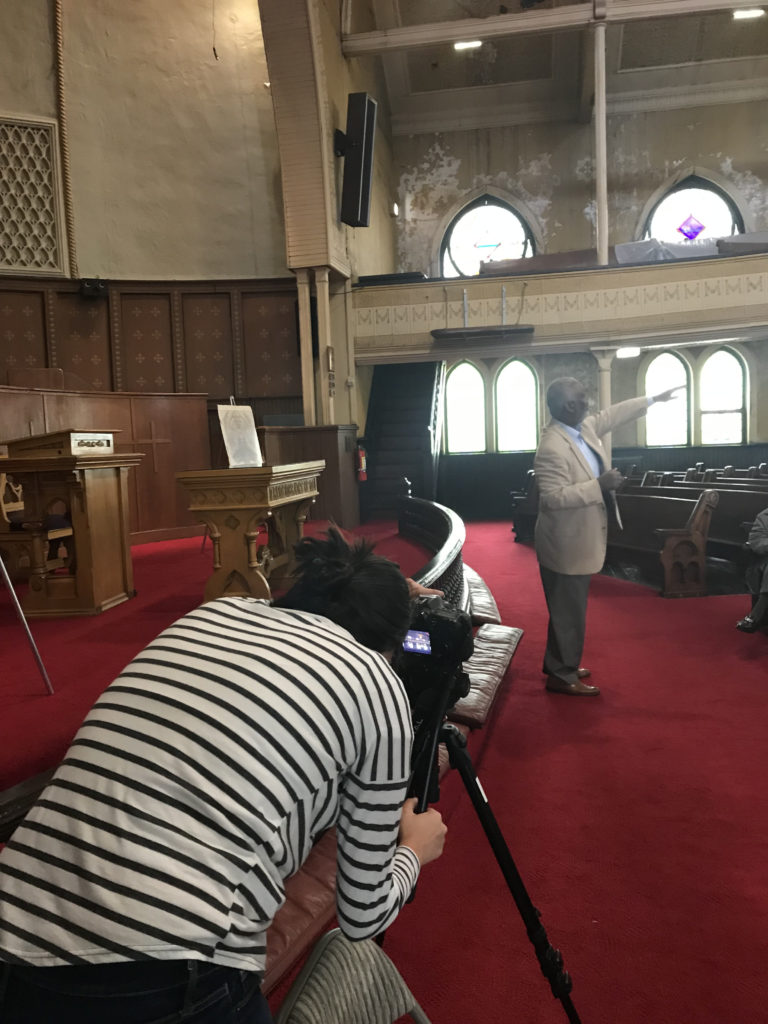
Forgotten Illinois 200 commemorates the legacy of the Underground Railroad, featuring stories of several stations and conductors associated with the secret system of people and places that aided victims of slavery in their attempts to reach Canada. Rather than overgeneralizing the history and risking doing injustice to the stories of the freedom seekers, the documentary People Saving Places: The Underground Railroad in Illinois offers detailed accounts of the experiences of Sheldon Peck, Owen Lovejoy, and Mary Jones at Quinn Chapel, exemplifying the dangers and uncertainty that characterized the clandestine path to freedom. Their journeys inspire us with the courage to distinguish right from wrong and to bring that conviction to our day-to-day lives.
Forgotten Illinois 200 reminds us how hate and prejudice can build walls that divide as in the Chicago Race Riots of 1919. In July of that year, rioting occurred in Chicago over the murder of a seventeen-year-old African American who was swimming at a “white only” beach. A remembrance project will include installation of small historical markers at key sites to commemorate the devastating repercussions of the riots that divided Chicago. It will also promote conversations about how we can work today to bring residents together. Such stories prompt us to reflect on the equity-related challenges of today, from segregation in our neighborhoods to methods of classroom discipline that marginalize minority students.
Many of the Forgotten Illinois 200 projects demonstrate that because the victors write history, we need to strive to bring balance to the storytelling and amplify the voices of the oppressed. Countless stories, however, remain hidden or forgotten and will never be told. It is impossible to do historical justice to all the experiences of the millions in this country who have had to walk treacherous paths because of prejudice or bigotry. Generalizing the history risks diluting the everyday struggles that so many have endured. Therefore, when there is a chance to share detailed, singular stories in the fight for liberty, freedom of speech, and racial equity, it is critical that people listen and learn.
The Land of Lincoln is a vast space. Driving the length of the state from north to south takes at least six hours; east-to-west is a four-hour drive. We Illinoisans do not possess uniformity in our cultures, settlement patterns, races, religions, and politics and ideology; we have substantial diversity, and we all have a place at the table. We epitomize the idea of America: we are bonded in that each of us has an individual story to tell and all those thousands of tales together make up our grand story. Illinois is challenging, complex, contradictory, and incredibly rich in resources and opportunity. Illinois is extraordinary; let no one tell you otherwise.

Jeanne Schultz Angel is executive director of the Nineteenth Century Club and Charitable Association in Oak Park, Illinois. A former executive director of the Illinois Association of Museums, she will serve as president of that organization’s board of directors in 2020. Angel completed a bachelor’s degree in anthropology and English and a master’s degree in history from Illinois State University, earning a university award for her thesis on the antislavery movement in northeastern Illinois in 2005. As executive director of the Lombard Historical Society, Angel managed the Sheldon Peck Homestead, listed on the National Park Service Underground Railroad Network to Freedom. She has given presentations on antislavery activity and related topics throughout the state, many of them through Illinois Humanities’ Road Scholars Speakers Bureau, and is interested in many facets of Illinois history, including its French Colonial past.